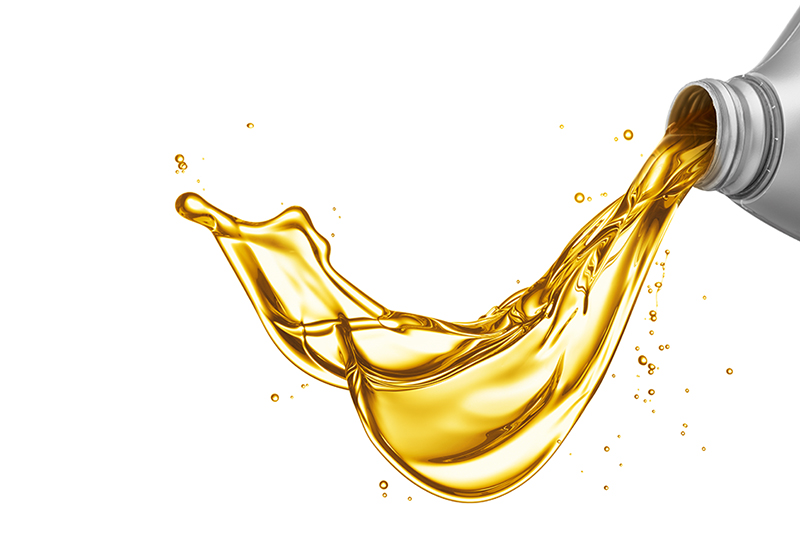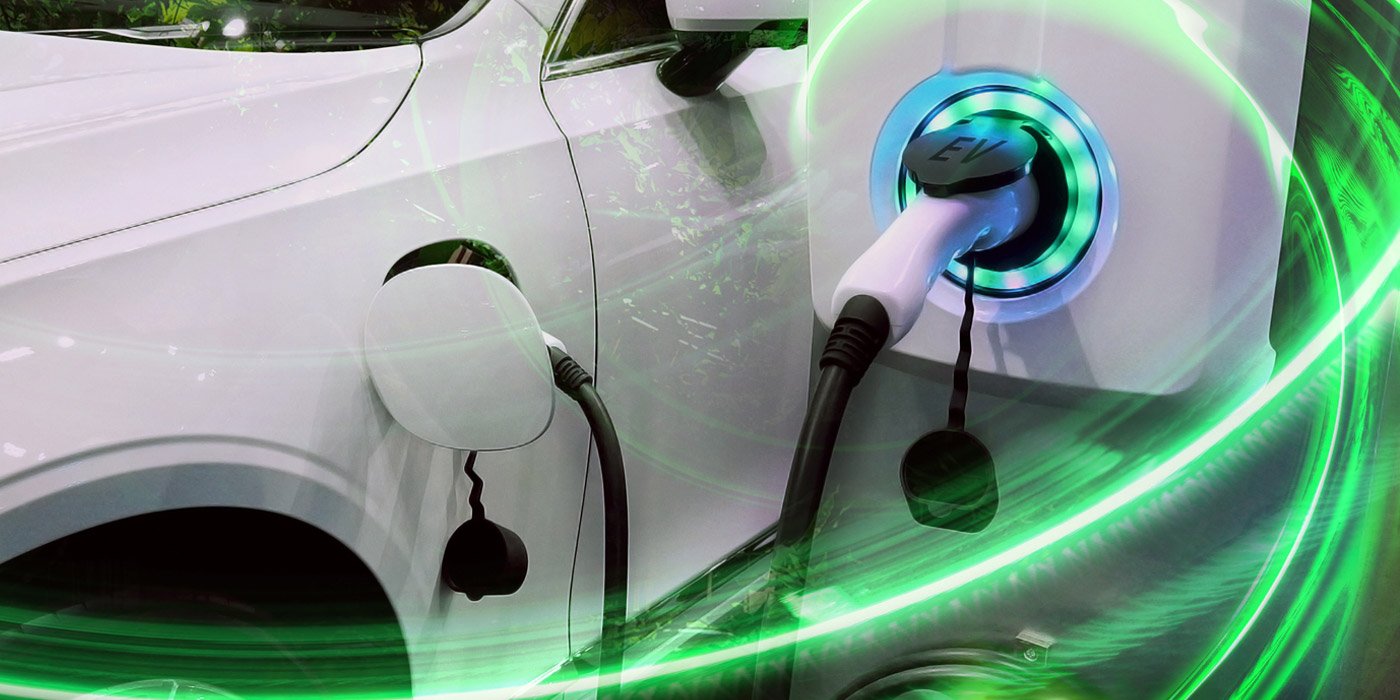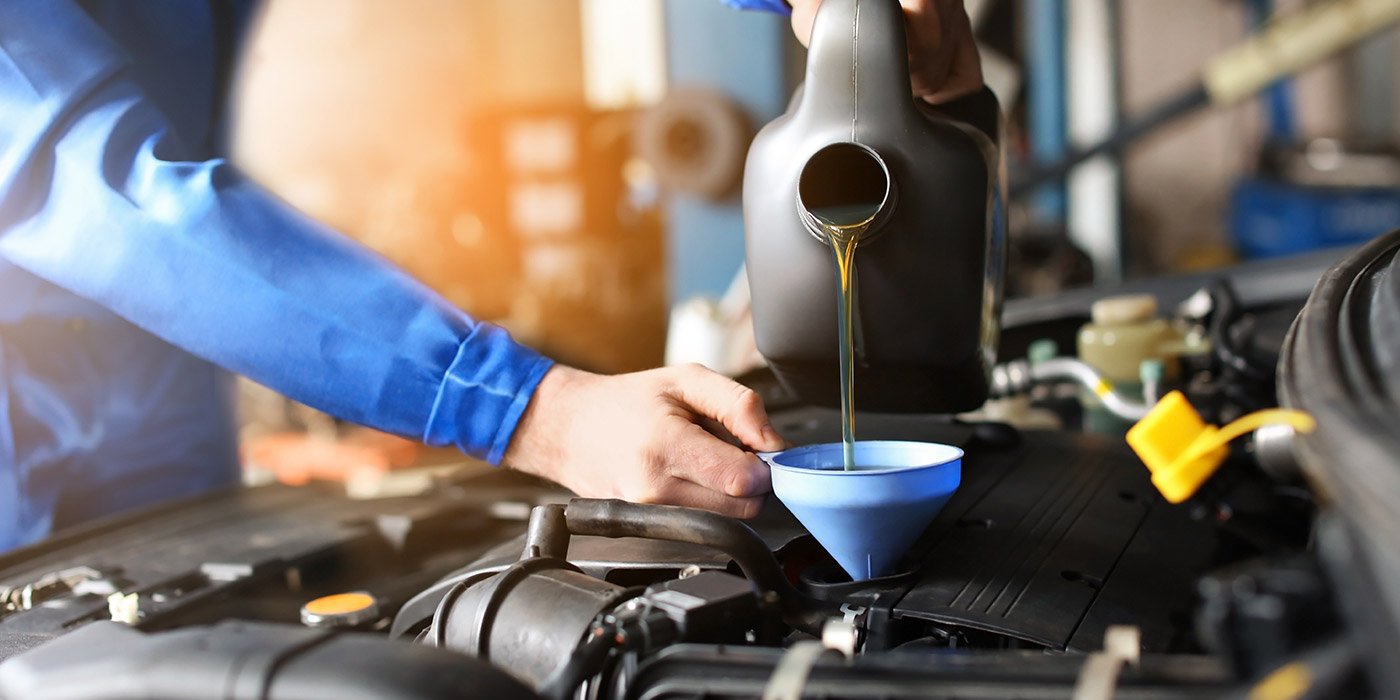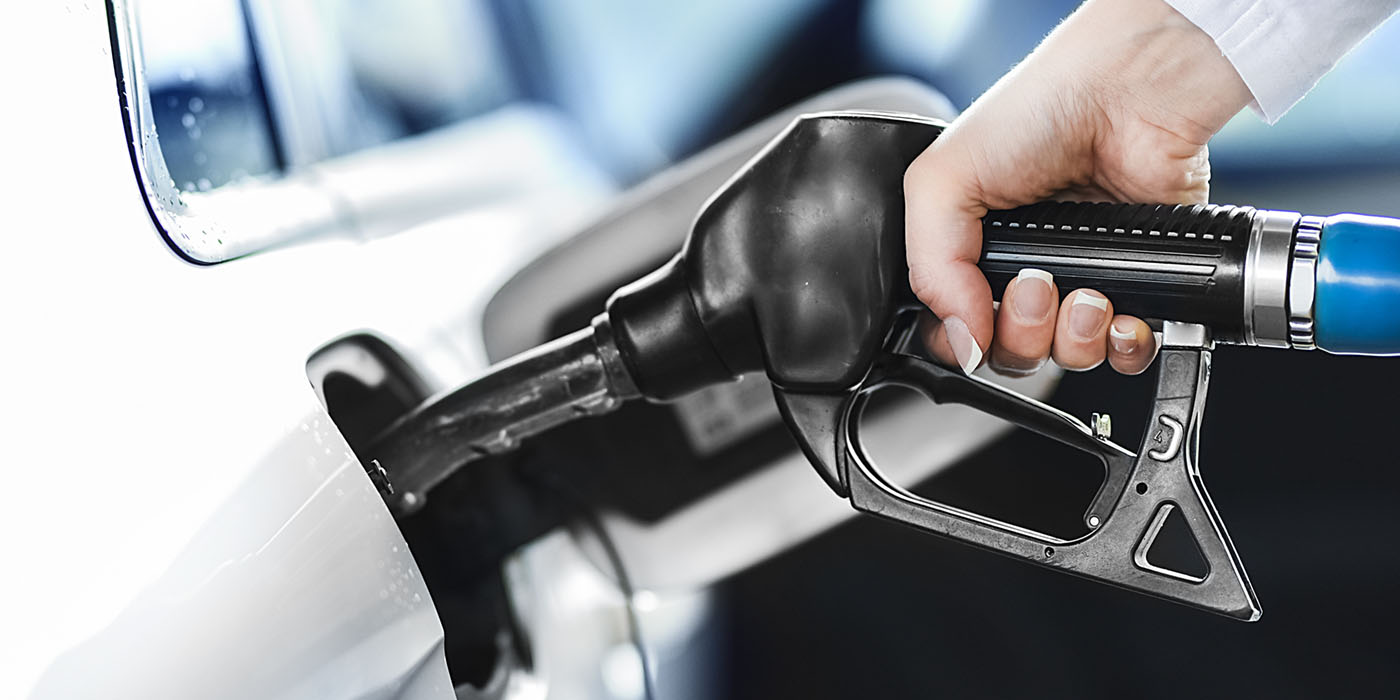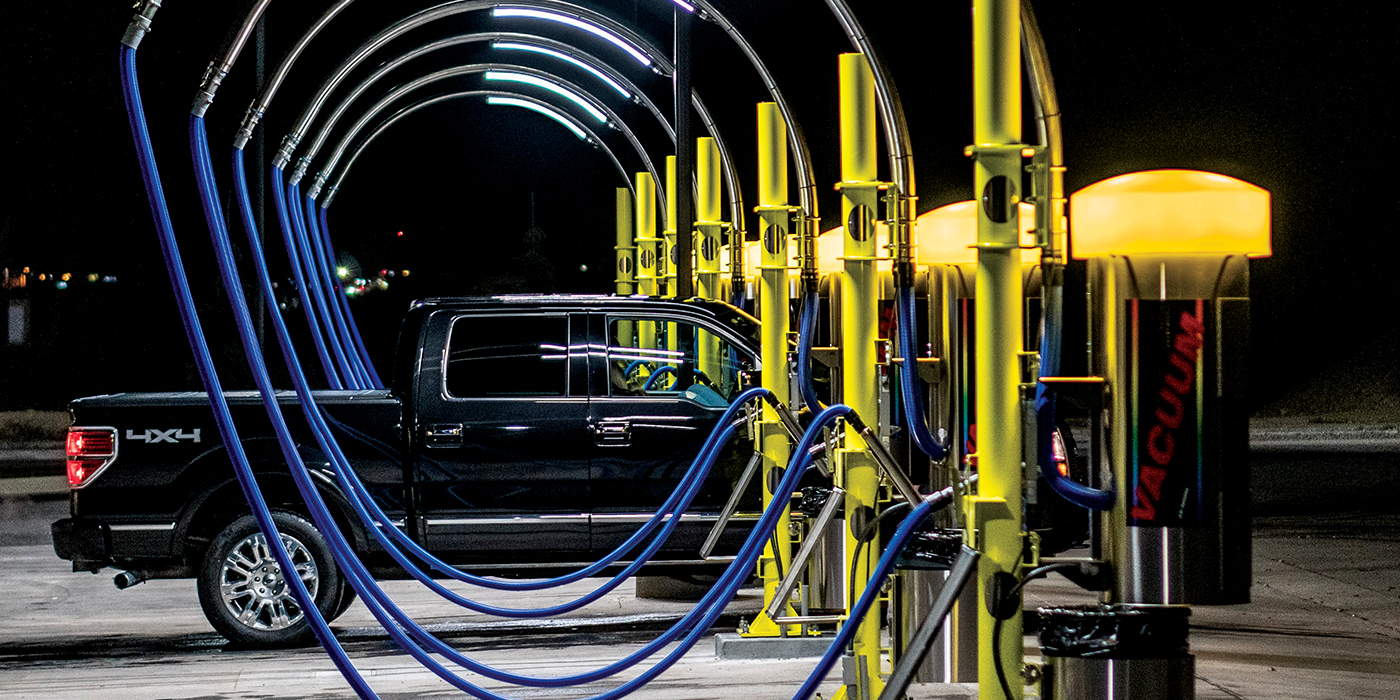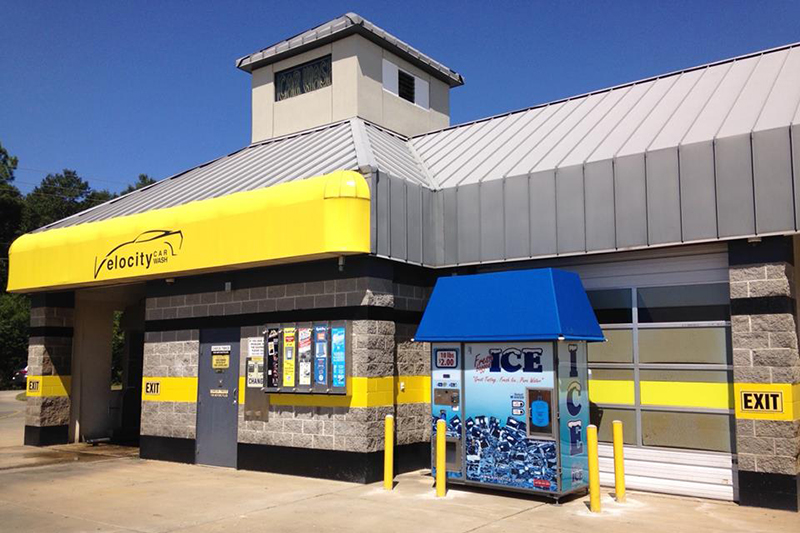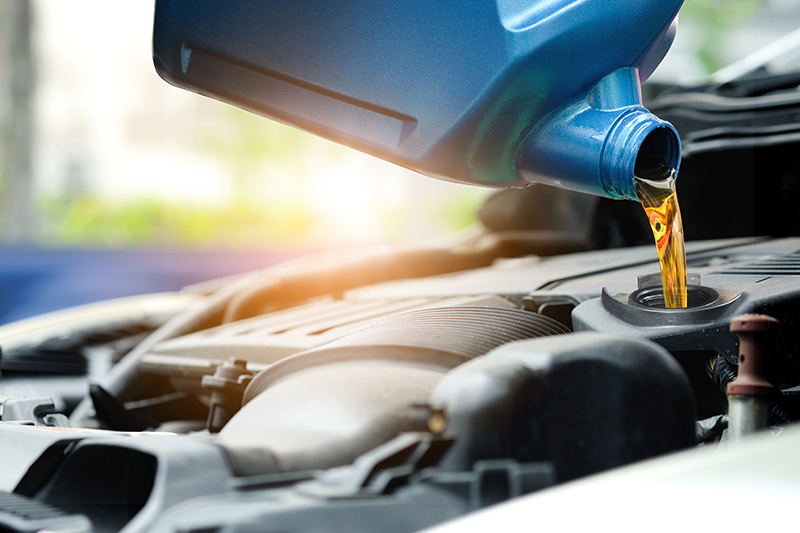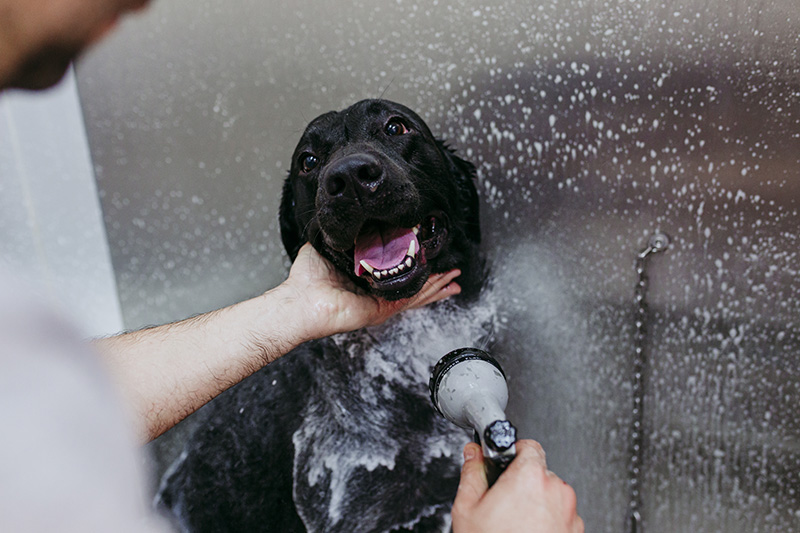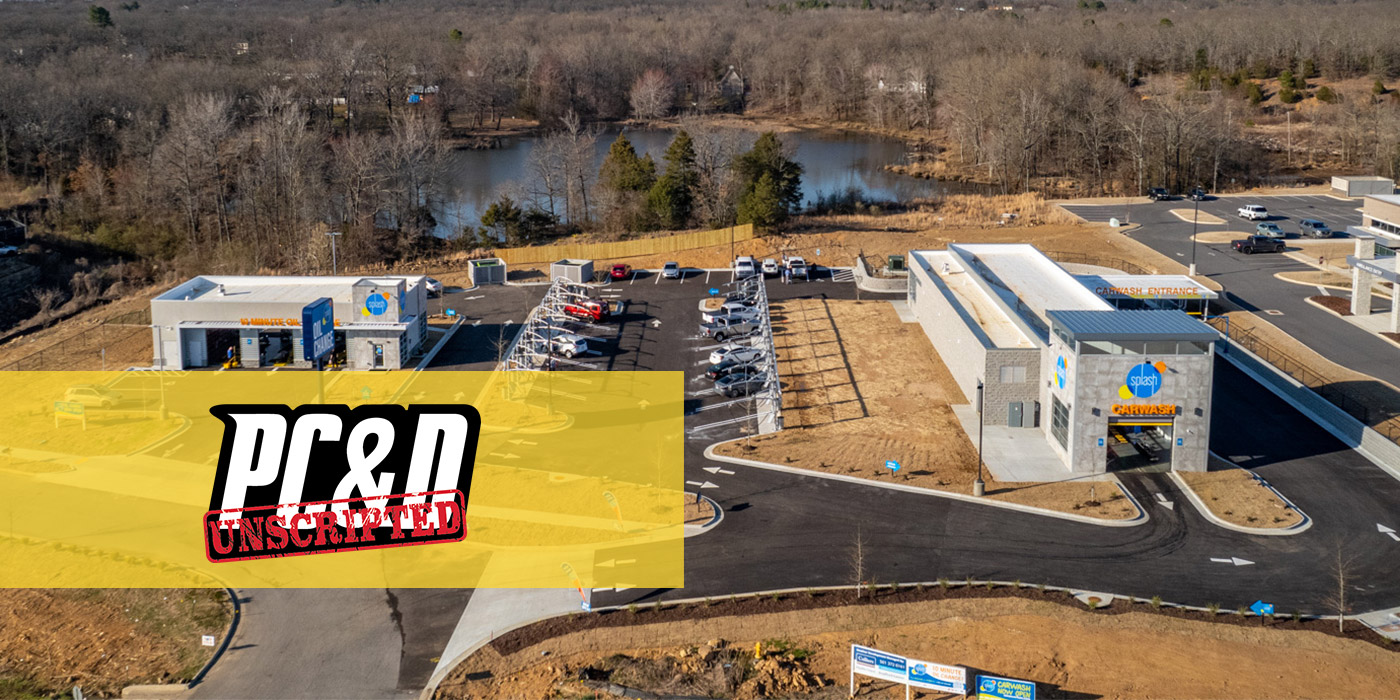In the best of financial times, many business owners look to rethink, reinvest and expand operations. A surging economy often provides the capital and motivation needed to make on-site additions and much-needed upgrades. These changes can drive both profits and customer retention in the future by helping to differentiate washes from stagnant competition.
As the U.S. economy continues to stand strong, now has proven to be a good time for carwash operators of all formats to invest in their businesses. One advantage for versatile car care businesses is that busy consumers now prefer the convenience of “all-in-one” retail locations. To answer this need, there are numerous ways wash owners can create unique and versatile one-stop car care locations featuring a wide array of services. For some businesses looking to grow, adding a quick lube has proven to be an ideal investment.
That said, there is more to operating a successful quick lube business than erecting a building and opening the bay doors. There are now common steps that carwash operators need to follow when adding to their existing businesses. Further, owners should gain knowledge on integrating multiple businesses and follow expert tips for cross-marketing services across their multiple profit offerings.
Target-rich environment
For carwash operators considering a quick lube addition, the idea of cross-marketing services with an existing carwash can definitely be exciting, according to Bob Kopko, regional sales manager with DRB Systems. Savvy owners know each vehicle coming in for a carwash will eventually require a lube service. Thus, it is evident a bustling carwash can provide a target-rich environment.
Once a new quick lube business has been added, an operator can refocus on the fact that every visiting carwash customer is currently having his or her lube services completed at another business. Here, Kopko explains that multiple cross-marketing steps soon become apparent.
- Creating awareness: The first step for the carwash operator is spreading awareness of the new car care option. Marketing should let each carwash visitor know that a quick lube service is now available on-site, Kopko states.
- Developing trust: The second step is ensuring competency and developing trust with customers. The operator should show the consumer that the quick lube provides professional services and is staffed with competent workers, Kopko notes.
- Communicating convenience: As always, convenience and price are important, according to Kopko. A business must prove to the consumer that it is fast, easy and economical to use the quick lube.
- Call to action: Kopko states that these action messages can be provided in various ways, depending on the format of the carwash. For example, greeters and cashiers at full service carwashes have the time and opportunity to provide an offer or brochure to the consumer.
“At an express exterior carwash, a ‘splash screen’ highlighting the quick lube can appear on the pay station screen,” Kopko says. “A message with information about the quick lube, or a coupon, can also be printed on the consumer’s receipt. And, of course, good signage and highlighting on all digital media is a must.”
Related: 4 tried-and-true carwash profit centers
Boosting business systems
For operators that make the jump into the quick lube world, some changes will be needed on the business side. Kopko states that the carwash will almost certainly need a business system upgrade or an additional platform. This is necessary because a quick lube profit center has some unique needs compared to a typical carwash.
“Although there may be some overlap in functionality with an existing system, most quick lube owners and managers desire additional features in a point-of-sale (POS) system,” Kopko explains.
According to Kopko, such needed features often include a technical database containing:
- Vehicle specifications
- Part numbers
- Service recommendations
- Diagrams.
Additionally, the technical database should be cross-referenced to the specific brands of parts that the quick lube will use as well as the manufacturer’s OEM part numbers, Kopko notes. Other common requirements are a parts inventory capability, the ability to generate work orders and invoices, production of the “static sticker” label for the consumer’s vehicle and profit-center-specific reports.
Kopko states that a big consideration is integration with the existing carwash POS system. A decision must be made between upgrading the existing POS system — if that platform has native quick lube functionality — or acquiring a separate system. Data in the carwash POS may include the customer list, employee information, fleet accounts and historical sales information.
In this instance, upgrading the carwash platform to include quick lube functionality will likely result in greater integration with existing information, such as customer history, as well as allow for easy “cross-profit center” promotion and sales. Conversely, a stand-alone quick lube system may offer different or additional functionality but lack the tight integration, Kopko concludes.
Mark Martin is a freelance contributor.

